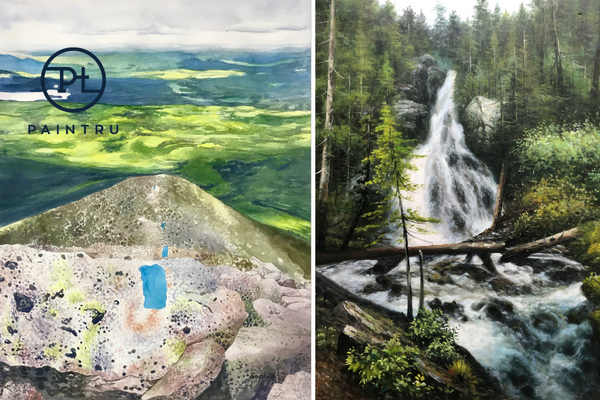The Paintru Guide to Types of Painting Styles & Mediums
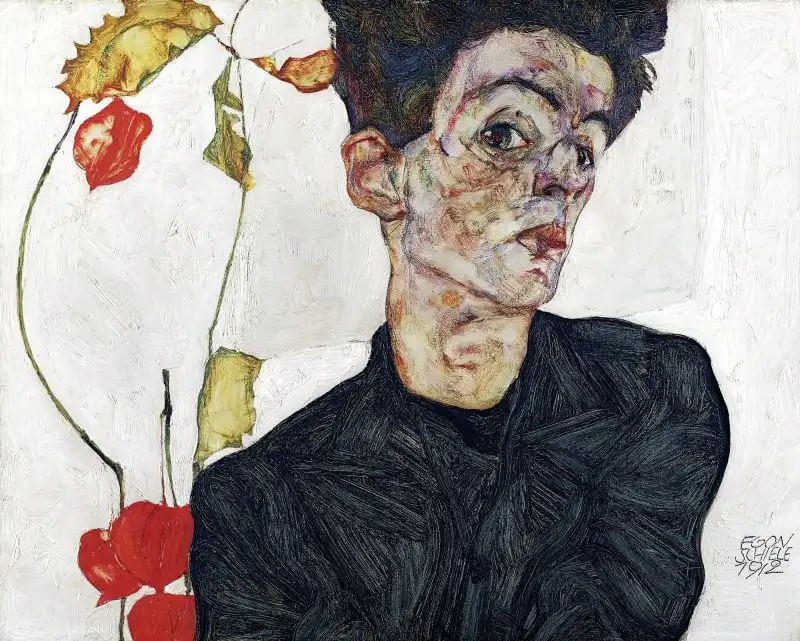
You have an idea in mind, a blank wall posed and waiting for its feature piece of custom artwork, but a little unsure of how to bring your artistic vision to life. Let's talk about different types of painting styles to spark inspiration and kickstart your custom painting masterpiece.
Creativity and artistic expression are seemingly boundless, with that come many different types of painting styles and mediums used all over the world throughout art's rich history. Each is used for a specific purpose (or sometimes on a whim!) which results in uniquely beautiful artwork within a spectrum of endless creative mastery.
Artists have always chosen painting concepts and techniques that fit their skills and artistic expression to develop a unique style. Whether you are starting an art career, selecting a new art piece, or are wanting to reinvent your artistic style, we hope this guide is helpful for you.
We're sharing 10 painting mediums and 7 common types of painting styles that help artists express their creativity.
Jump to:
7 Different Types of Painting Styles Admired Across Centuries
10 pain mediums that bring artistic visions to life
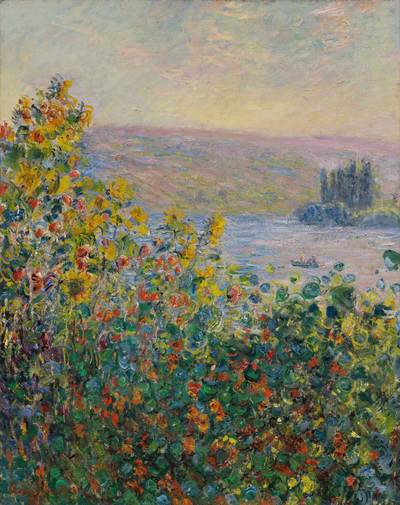 Paintru custom reproduction of Claude Monet's Flower Beds At Vetheuil.
Paintru custom reproduction of Claude Monet's Flower Beds At Vetheuil.
Learn more about Paintru classic reproductions >
Having a good grasp on the characteristics of each type of painting medium and style as well as the aesthetic they provide will help you to select the most suitable painting style for you.
Whether you are an avid artist looking to branch into new style terrain, new to the world of art and stepping into this creative expression, looking to commission a painting, or some inspiration to revamp your interior decor and home with new artwork–dive in!
7 Different Types of Painting Styles Admired Across Centuries
Realism
Realism is a type of painting style that portrays the subject as it appears in 'real-life' but stops short of appearing like a photograph. Realistically depicting humans, objects, and landscapes in a realistic manner arose in the 15th century and continue onwards. Although we can also say that ancient Greek sculptures captured the essence of realism.
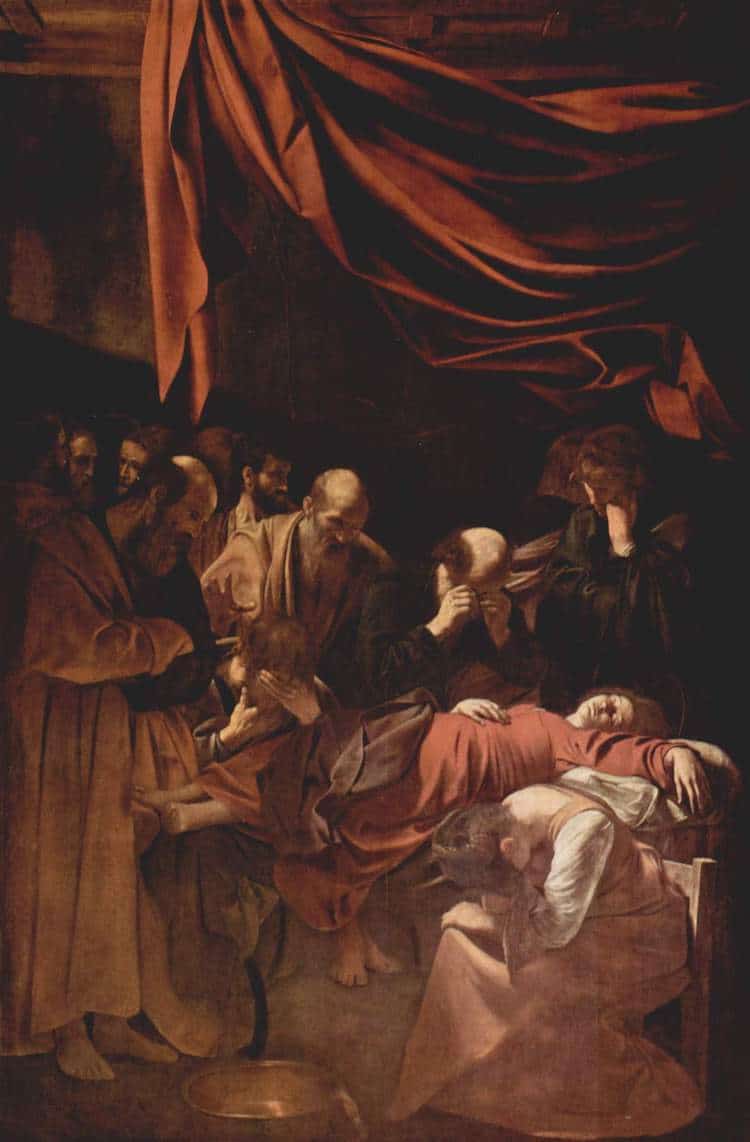 “Death of the Virgin” by Caravaggio, 1604-1606. (Photo: Public domain via Wikipedia)
“Death of the Virgin” by Caravaggio, 1604-1606. (Photo: Public domain via Wikipedia)
French realism appears in the 1800s, becoming prolific in the 1900s, depicting real-life scenarios, often of common and working-class people.
Naturalism vs. Realism
Naturalism focues on the ideals and aesthetics versus social realities and observable facts. Typically, realist artists depict common people going about their ordinary lives, rather than realistically capturing other grand and worldly individuals in a noble act, as we see with many depictions of Roman and Greek mythology. Naturalism is all about "how" a subject is painted (realistic representation), rather than the reality of the subjects.
Additionally, Realism is typically associated with the promotion of social or political awareness. Realist artists often paint in a naturalist style, but it is the subject matter versus the style which is typically the focus of their works.
Photorealism
Photorealism is an art style where the artwork looks as realistic as a photo. Most are created with only a pen, pencil, or brush. They are so realistic, you'll wonder if the artist has cheated the viewer and used a camera or digital medium.
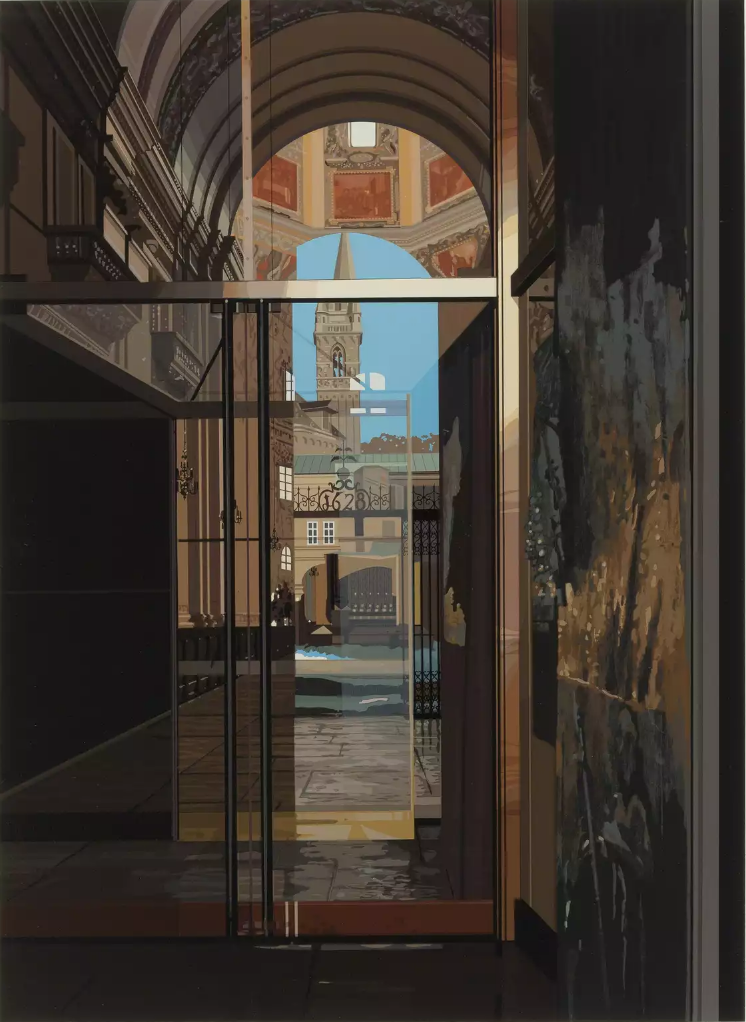
Richard Estes, Salzburg Cathedral, 1983
This hyper-real painting style is actually rather recent in the grand scheme of art history. American artist Richard Estes moved to New York after graduating from The Art Institute of Chicago to become one of the founding figures of the Photorealist movement of the late 1960s.
5 Principles of Photorealism
- The photorealist artist uses the camera and photograph to gather information
- A mechanical or semi-mechanical means is used to transfer the information to the canvas
- The photorealist must have the technical ability to make the finished work appear photographic
- The artist must have exhibited work as a photorealist by 1972 to be considered one of the central photorealist artist
- The artist must have devoted at least five years to the development and exhibition of photorealist work
Painterly
The Painterly style shows visible brushstrokes and texture in the paint medium to give the spotlight to the medium of choice. Most commonly used for oils, acrylics, watercolor, or gouache. Painterly style can be accomplished with both brush and palette knife, although it is typically associated with paintings that exhibit rich brush-textured strokes.
 Pierre Bonnet, Landscape at Le Cannet
Pierre Bonnet, Landscape at Le Cannet
A well-known painterly artist is Vincent van Gogh. The painting style term could be applied to many other artists, including Rembrandt van Rijn, John Singer Sargent, Lucian Freud, Pierre Bonnard, and the abstract expressionists of the post-World War II era.
Impressionism
Impressionism is characterized by thin visible brushstrokes, often claimed to look "unfinished". This style demonstrates the techniques of short, broken brushstrokes that barely convey forms, pure unblended colors, and an undeniable emphasis on light. Impressionists often rendered shadows and highlights in color, versus neutral white, grays, and blacks.
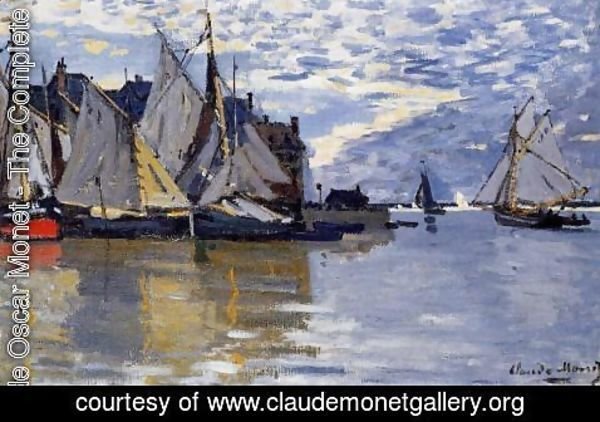 Sailboats, Claude Monet
Sailboats, Claude Monet
In 1874, the Anonymous Society of Painters, Sculptors, Printmakers, etc. (a group of artists) organized an exhibition in Paris to effectively launch the Impressionist movement. Founding members included Claude Monet, Edgar Degas, and Camille Pissarro. Monet is one of the leaders of the impressionist movement and is the most famous impressionist today and our favorite example to show the pure, often raw, magic of impressionist visionaries.
Expressionism
Expressionism is defined by the use of bold, unrealistic colors chosen not to depict life as it is, but rather, as it feels or appears to the artist.
 Self-Portrait with a Chinese Lantern Plant by Egon Schiele, 1912, Leopold Museum
Self-Portrait with a Chinese Lantern Plant by Egon Schiele, 1912, Leopold Museum
It is so interesting how intertwined we find the history of peoples and the history of art. Shifts in artistic styles and vision came as a response to major changes in the atmosphere of society at the turn of the century in Europe. Artists reflected the psychological impact of urbanization and technology developments by evolving from a realistic representation of imagery and scenes toward renderings of how the world affected them from an emotional a psychological standpoint.
19th-century Norwegian Edvard Munch emerged as an important source of inspiration for the Expressionists. Introspective expression seemed to be invited by his emotionally charged views and depictions of the world. Fames expressionists include Wassily Kandinsky, Emil Nolde, Franz Marc, Egon Schiele, and Erich Heckel, among others.
Abstraction
Abstract, also called 'contemporary art', is a painting style that doesn't resemble anything from "real life".
Avan Garde artists of the late 19th and early 20th centuries began to turn away from realism and create artworks composed of lines shapes and colors not previously recognized within fine art. Impressionism, among other art movements, was an influencing factor on the rise in popularity of this style. Like Expressionism, abstraction focused on a few key formal elements to manipulate and distort realistic representation with a clear emphasis on portraying light.
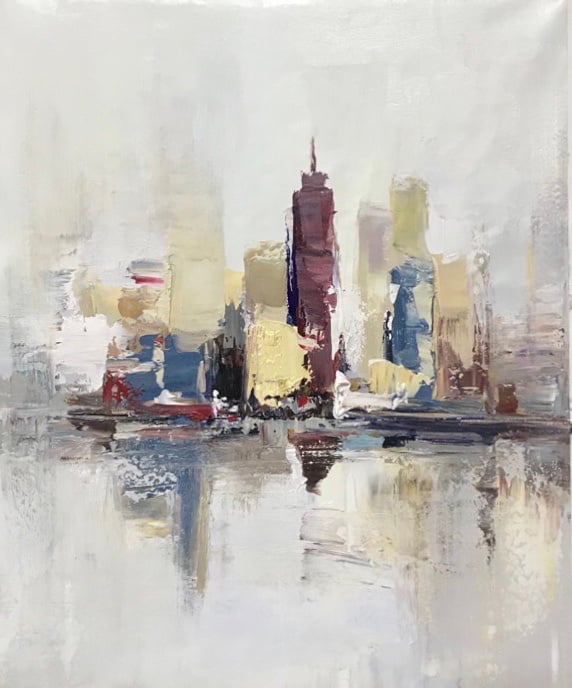 Paintru Original Abstract Cityscape
Paintru Original Abstract Cityscape
Take a look at the most famous abstract artworks in the last 100 years here.
Pop Art
Pop Art, or 'modern art', focuses on bold colors and realistic imagery. The 1950s postwar socio-political climate pushed artists toward celebrating commonplace objects and elevating the everyday to fine art. While pop art roots are within the UK, American artists Andy Warhol, Roy Lichtenstein, James Rosenquist, and other pop-art pioneers soon followed this lead into a rich new appreciation of art.
 Robert Rauschenberg, Retroactive I (1963)
Robert Rauschenberg, Retroactive I (1963)
Art critics define several recognizable characteristics to classify pop-art:
- Recognizable imagery most often drawn from popular media and products.
- Bright colors.
- Flat imagery influenced by comic books and newspaper photographs.
- Images of celebrities or fictional characters in comic books, advertisements, and fan magazines.
- In sculpture, innovative use of media
Want to learn more about painting styles and how to choose the perfect one for your custom artwork?
Check out our guide to choosing your painting in style >
10 Paint Mediums That Bring Artistic Visions To Life
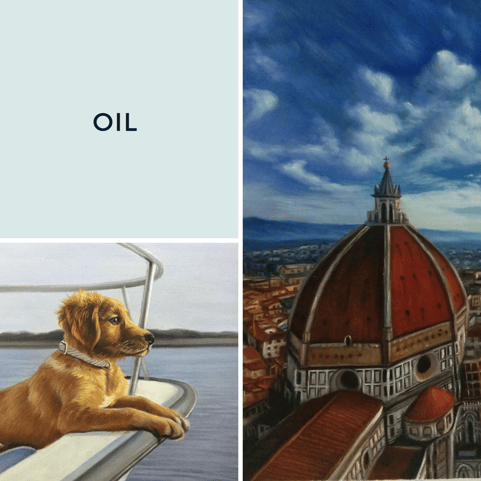
Oil has become the most common painting medium as oil paintings lend themselves toward many use cases and styles.
You can expect oil paintings to have an incredibly rich texture. When you unwrap a Paintru painting, you’ll see varying levels of paint on the canvas, which will add a subtle texture and depth to your artwork, resulting in a museum-quality work of art that will instantly add class and sophistication to any wall.
Interior Design Tip: Use photos with a high level of detail; artwork that will serve as the focal point of any room; adding a layer of class and sophistication.

Paintru custom painting of Paintru Co-Founder Liza Kameen on her wedding day
Watercolor painting is the oldest form of painting. Since the definition of watercolor painting is somewhat broad – the act of suspending pigment in water and using it to create art – even early Paleolithic paintings qualify as watercolor!
It can be challenging for even the most experienced artists because of the technique it requires and lack of mistake "forgiveness".
- The wet-on-wet method is used for painting a soft, flowy look such as landscapes, and clouds in the sky.
- The wet-on-dry method uses dry paper and moistened paint. This method is best for more precise and defined shapes which is perfect to bring your portraits to life!
Over the centuries, watercolor painting has improved and evolved into its current form.
Interior Design Tip: You can use watercolor paintings in two ways – to accentuate a neutral color palette by subtly adding imagery to an otherwise bland room, or by adding a bold pop of color to the wall.
To start, look at your space and consider whether you’d prefer the wall color to dominate. If you’d prefer the wall color to dominate, consider picking a similar color palette for your Paintru artwork. Conversely, if you’d prefer your watercolor painting be a focal point of the room, consider what contrasting color would create a striking counterbalance by picking contrasts from the opposite side of the color wheel.
Want to try this at home? Check out the 5 Simple Watercolor Techniques for Beginners.
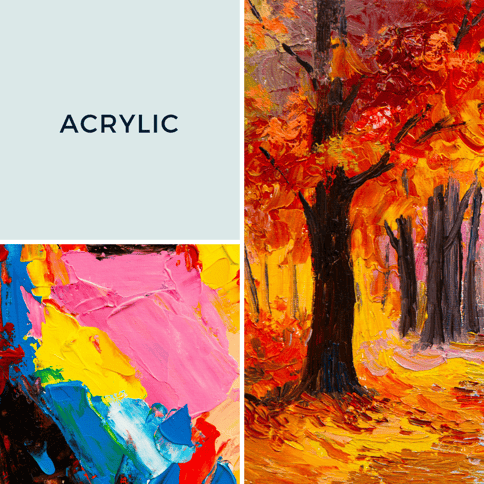
Acrylic paint is actually a more recent invention, coming into vogue during the 20th century. Because of this medium's chemical composition, acrylic paints dry faster and retain their original coloring for decades. Moreover, acrylic paint offers the highest level of detail, thus a great choice for types of painting styles showcasing fine, crisp detail.
Since acrylic paints dry very quickly, an acrylic painting will often have layers of paint atop one another, which can create a layer of texture that stands out from among other styles.
Photo Selection Tip: If you have a landscape portrait with a mirror-like reflection in the water that you want captured, acrylic paint can be a great option. The layers of paint will come through in an acrylic painting and our artists are able to achieve clean lines that accentuate the details of your favorite photo.
If your grandmother has beautiful dimples that need to be included in your portrait or your puppy has incredible eyes that need to be captured in their exact likeness, we recommend choosing acrylic as your medium!
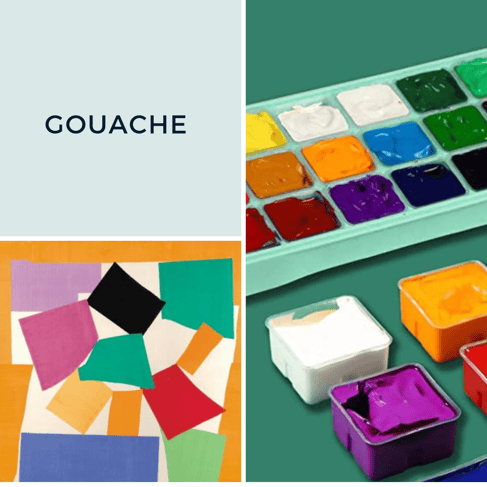
If you're looking for a matte finish Gouache is the way to go. This paint medium is similar to watercolor but less transparent.
White chalk or color is added to a watercolor-based mixture to attain opacity present within the Gouache painting style technique. Water is used to activate the paint, as found with watercolor and acrylics. It's often used together with watercolor, and since it's water-soluble, it requires a seal to finish off the painting. Today you can see this medium commonly used for illustrations in comic books.
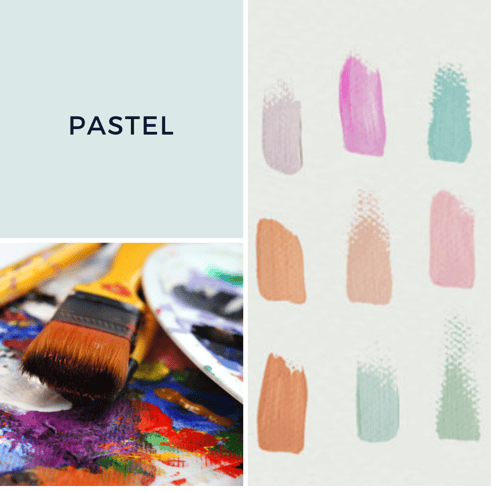
Pastel is a good recommendation if you are looking for pure and deep colors. Pastel paintings are done on a canvas, so you can see the beautiful layering of colors with pastels. Sometimes known as “dry painting,” the use of pastels has been popular since the 16th century. Their lack of drying time makes them an easy and portable solution for artists.
Keep in mind these paintings are fragile, as the pigment can lift from the surface, so should be framed under glass.

Encaustic, or hot wax paint, dates back to ancient Egypt. This technique uses beeswax, which is melted and added to color pigments. Encaustic paintings are usually created on a wood canvas. Though encaustic can be difficult to master, it is possible to create complex paintings full of dimension and color.
Famous Artist Who Used Encaustic: Pablo Picasso
Want your own Picacco? Paintru artists are incredibly skilled at fine art reproductions. Reach out to hello@paintru.com and Paintru concierge will get your quote.
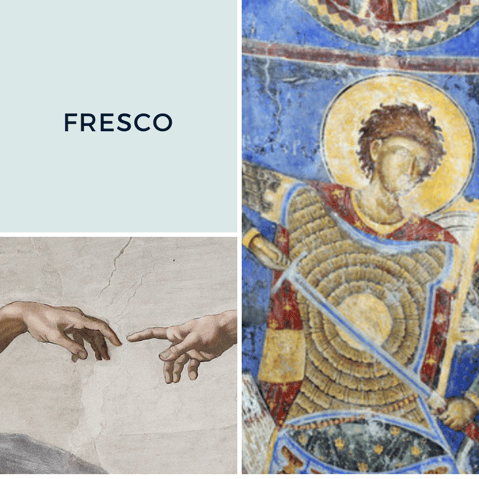
Fresco involves mixing pigment with water and applying it to a still-wet layer of plaster. It's most commonly used for ceiling and wall decorations. This technique requires artists to work quickly, as the surface is no longer paintable once the plaster dries.
Unlike other techniques, Fresco works better on a rougher surface but is less durable. Fresco secco paintings have been around since the renaissance period, one can view these paintings in the Vatican walls and ceilings.
Best-Known For: Michelangelo's iconic Sistine Chapel Ceiling
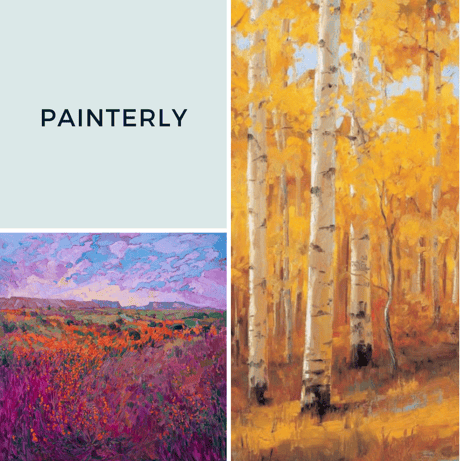
Painterly is characterized by visible brushstrokes and texture left in the paint medium. Artists can create a painterly style using oils, acrylics, watercolors, gouache, or any medium where a brush is used. Painterly artists make no attempt to hide their brushwork that is loosely and quickly applied unlike other art styles that's goal is to achieve a finished product with no brush marks. The paint can be applied thickly or thinly either way they both are considered painterly.
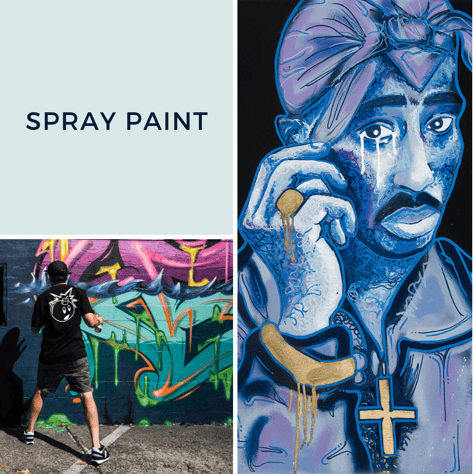
Spray paint style art, or graffiti art, was first invented in 1949 and became popularized in the 1970s when graffiti artists took advantage of this technology. This medium helped graffiti artists transform their passion into art.
Take a walk through your neighborhood and you will see it on nearly any public building with/without permission. It's most commonly used by mural artists and graffiti artists on plaster, brick, and metal. Spray paint dries quickly and is fairly weather-resistant, making it a durable choice for artists. Plus, this type of painting is more affordable than most making it a great option for those on a budget.
Fun Fact: The first graffiti artist was a high school student in 1967, who used to write on walls to get his lady love's attention.
Want your own customized graffiti art piece? Check out the innovative graffiti artist DNA>
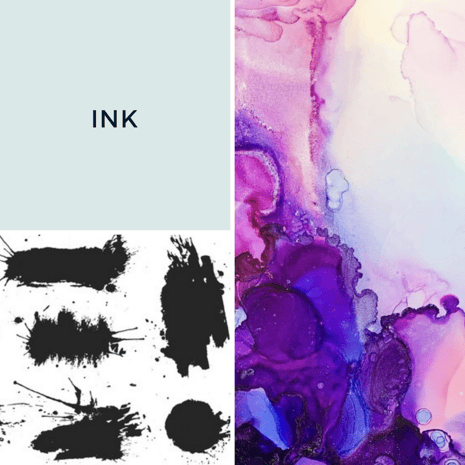
Ink painting was started in China and East Asia. The original use was black ink in calligraphy. Once it became popular artist’s started using the same inks for brush painting. This technique requires careful brushstrokes because if too much pressure is applied it will ruin the work with too much ink.
There are several options of colored ink to choose from, but to this day black is the most commonly used.
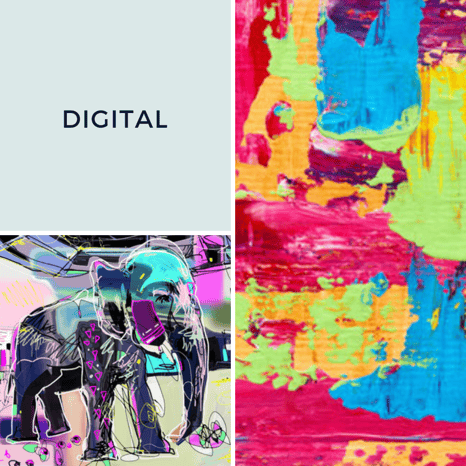
Let's get digital. No need to worry about paint spills or standing for long hours. This technique can be completed at the comfort of your home. As the name suggests, digital painting is the art of creating artwork on a computer.
This medium resembles a watercolor painting, oil painting, or even an acrylic painting. The end result looks can feel extremely lifelike with the software's ability to add additional textures and instruments.
Design Tip: The best software to use for creators is the Adobe Creative Cloud.
Want tips to help upkeep your painting so they last for years on years? Check out this article, 5 Easy Steps to Keep Your Painting in Prime Condition.
"Paintru has artists from across the globe available to "paint your photo to life".
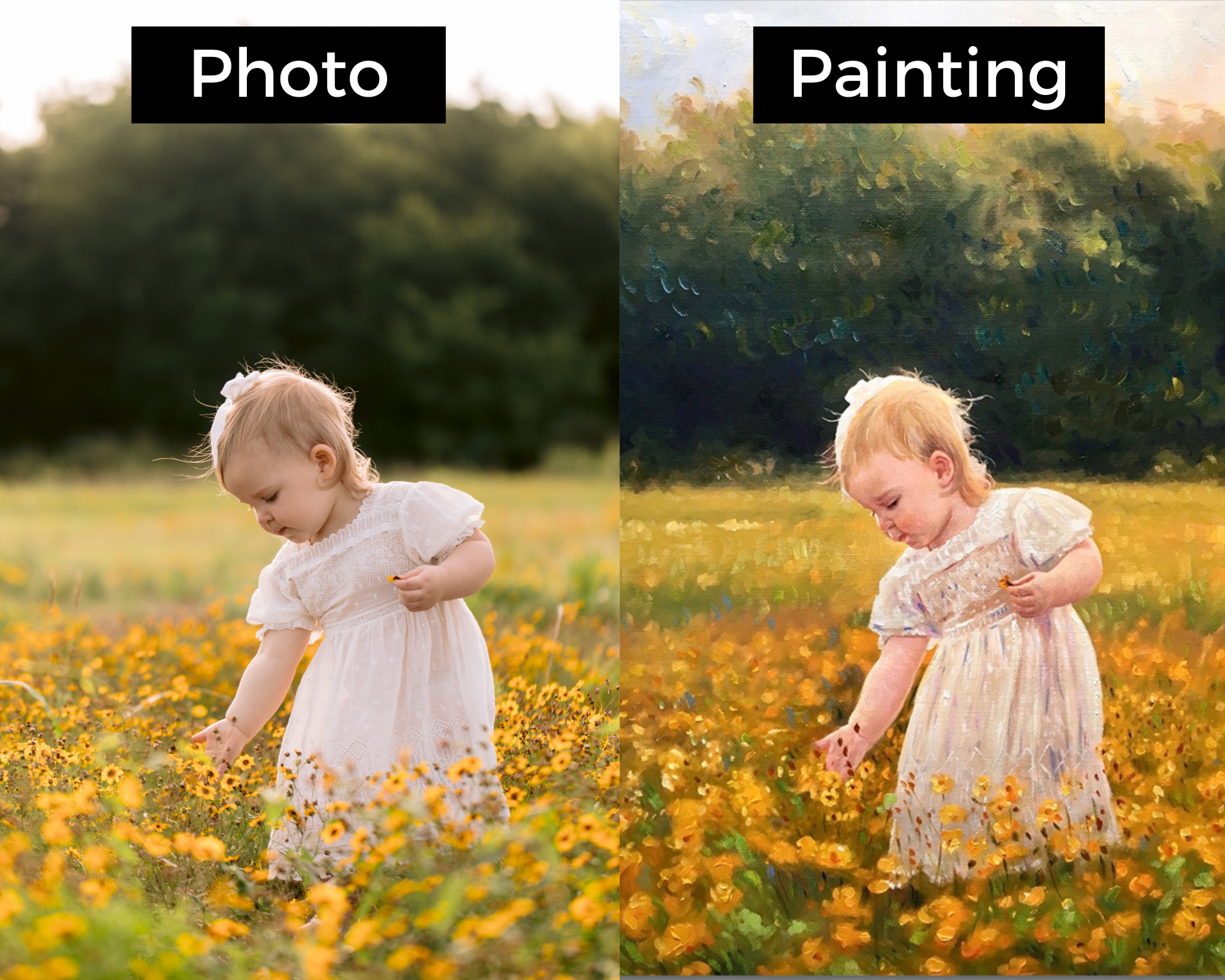
Custom Renoir-style Paintru artwork commission
We specialize in watercolor and oil, as we've seen those types of painting mediums create the most consistently amazing custom artwork. However, there are a lot of mediums and styles available to explore, and if you're interested in a painting that isn't watercolor or oil, just give us a shout and we'd be happy to facilitate.
hello@paintru.com
+1 (440) 290-6196
We're also available on LIVE CHAT M-F 9:00-5:00 pm EST
Whether you are making your first steps in the world of art or are an accomplished artist seeking a new artistic expression, we hope this guide has been helpful and sparked inspiration.

